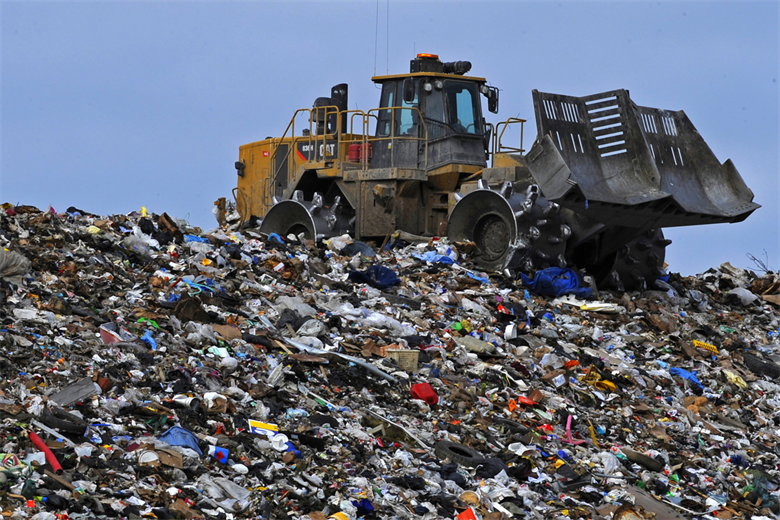Modern landfills are well-designed and run places where people can put their trash. The location, design, operation, and monitoring of landfills are all done to make sure they follow federal rules.
They are also made to keep contaminants in the waste stream from getting into the environment. Landfills can’t be built in places that are bad for the environment, and environmental monitoring systems are used to decide where they go.
These monitoring systems look for any signs of contaminated groundwater or landfill gas, and they also offer extra safety measures. The Resource Conservation and Recovery Act has strict rules about how landfills must be built, how they must be run, and how they must be closed.
History of landfills
Landfills have been around since the turn of the 20th century, when people started to realise that they were putting too much trash in the ground. Not only was it very unhealthy to live in cities with a lot of garbage dumps, but it was also very ugly. This led to the building of the first landfill for municipal solid waste (MSW) in 1947. Since then, the history of landfills has led to more clean, more efficient, and better for the environment modern landfills.
Certain landfill in North Carolina
Kersey Valley Landfill
Everyone in a city is responsible for taking care of the trash it makes. Their goal is to protect the environment by getting rid of trash. We are committed to finding ways to deal with solid waste that are good for the environment and to helping their community become a national model for how to deal with solid waste.
Alleghany County Landfill
The Alleghany County Landfill is a place in Sparta, North Carolina, where trash and garbage are buried under layers of dirt or other materials.Sanitary Landfills, dump sites, and trash dumps in Sparta are governed by both the U.S.
Environmental Protection Agency as well as the North Carolina state environmental departments.North Carolina is also in charge of giving permits to places where trash can be thrown away. Permitting rules decide how the Alleghany County Landfill looks, how it works, and what kinds of trash residents can put in it.
Anson Landfill
Anson Landfill is a place where people throw away their trash. The state of North Carolina gives it a permit to do this. They get help from their hauling company and haulers who don’t work for them. Residents of Anson County can get rid of trash at one of six (6) sites around the county.
Effects of landfills
Polluting the air
About two-thirds of the trash in landfills comes from homes, businesses, and industries and is made of biodegradable organic matter. As this stuff breaks down, it gives off methane gas. The EPA says that methane is a strong greenhouse gas that traps up to 20 times more heat in the air than carbon dioxide.
Pollution of the groundwater
When it rains on a landfill, organic and inorganic materials break down into highly toxic chemicals that seep into the groundwater. The water that runs through these chemicals and collects at the bottom of the landfill usually has a lot of toxic metals, ammonia, toxic organic compounds, and pathogens in it.
This can cause serious pollution of the groundwater in the area. Even riskier, this mixture often has a high biological oxygen demand, which means it can quickly remove oxygen from water. If or when these dangerous chemicals get into rivers or lakes, aquatic life could die.

Effects of Soil Fertility
When toxic materials and decaying organic matter are mixed together, it can change the quality of the soil in the areas around a landfill. This can make the effects on biodiversity worse because local plants may stop growing and be changed for good.
Effects on the eyes and on health
People who don’t want a landfill in their neighbourhood are often called NIMBYs, which stands for Not in My Back Yard. Landfills change the natural landscape because they stink, look like trash, and become a place where bacteria grow.
House prices can go down because of the smell, traffic, noise, and pests that come with landfills. Because there are more rodents around landfills, disease becomes a problem. Exposure to landfills has also been linked to birth defects, cancer, and respiratory illnesses.
Conclusion
It’s important to know that landfills are not the same thing as dumps. They are built in a way that keeps trash from getting out. Landfills are made to hold and separate trash in a way that is safe for the environment and people.
And the risk of damage to the environment is small when landfills are built, managed, and closed in the right way. But landfills are not made to take in all kinds of trash. The landfill is the least desirable way to get rid of trash because it takes up a lot of space and is expensive.
